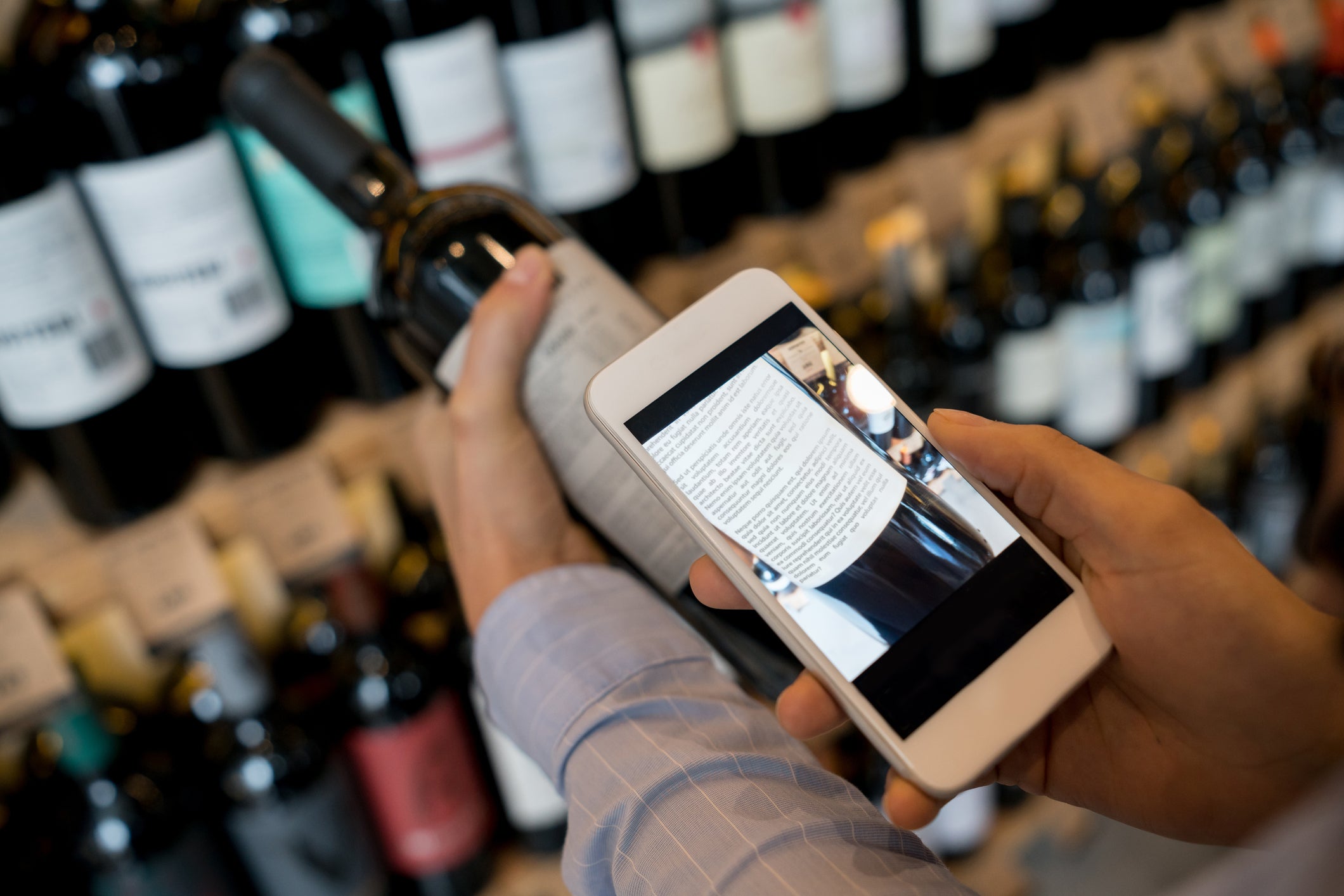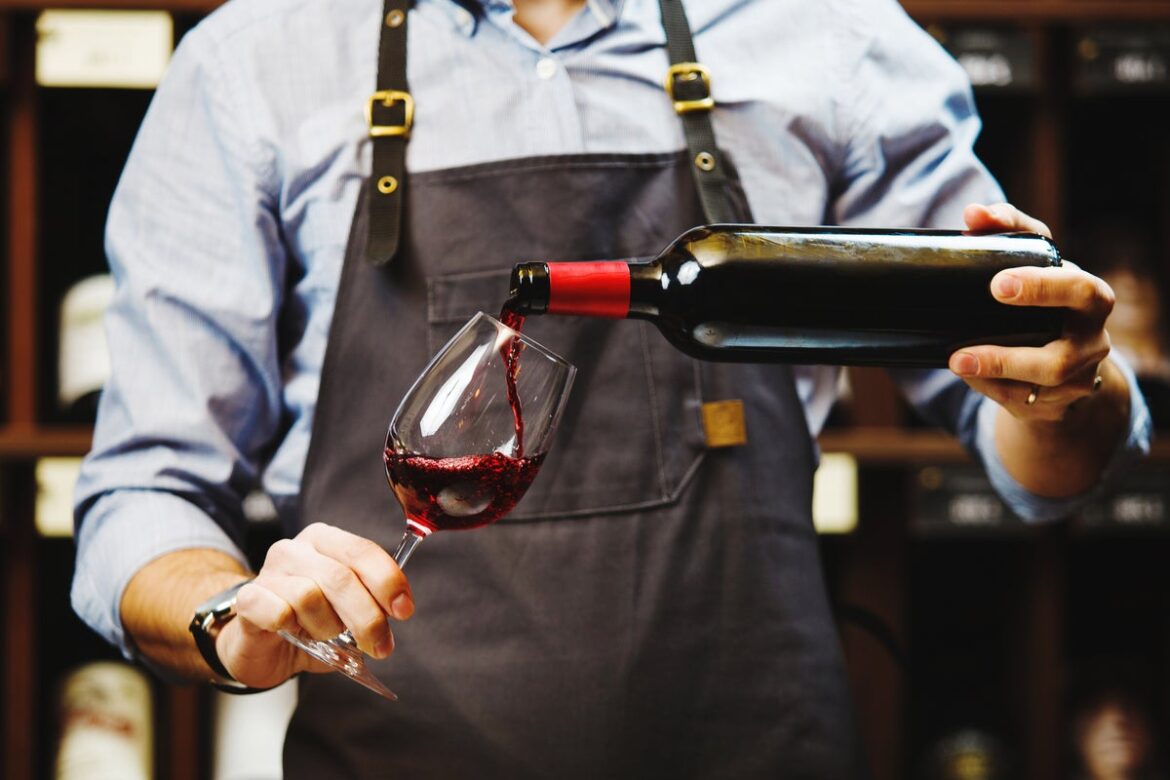It was the sort of wine list that prompts a raised eyebrow before the first sip is poured. At a newly opened sushi bar in Notting Hill last week, I spotted one of my favourites: a 2020 montagny premier cru from Domaine Philippe Colin. A crisp, elegant white burgundy. Priced at £85. Familiar, I thought. Later, a quick browse online confirmed it: the same bottle retails for between £28 and £33 from trusted merchants. I hadn’t imagined it. The mark-up was real.
If you’ve dined out recently, you might’ve experienced a similar moment of sticker shock. Wine in restaurants is expensive – sometimes eye-wateringly so. Sometimes it’s now more than half the bill.
In the UK, a standard restaurant mark-up on wine is around two and a half to four times the retail price. It’s not unusual to find bottles that are three, even four times what you might pay at your local merchant.
And that’s before we get into wines by the glass, where margins can stretch even further. One South African winemaker I dined with recounted watching his chenin blanc, sold to an American restaurant for £9 a bottle, reappear at $25 a glass. In LA, that sort of thing barely raises an eyebrow.
But in the UK, it’s no surprise that many diners might baulk when a familiar bottle appears on a list at three times the price. Data from critic Andy Hayler – who analysed hundreds of wine lists and published his findings in December 2024 – reveals that the average mark-up across British restaurants is about 3.03 times retail.
In London, it’s slightly higher. In European fine dining, slightly lower. Some restaurants price conservatively; others, exuberantly. Four times retail is not uncommon. And 14 per cent of wine lists Hayler surveyed included bottles marked up by 10 times or more.
Don Kavanagh from Wine-Searcher, a price comparison app and search engine for wines, confirms this pattern: “A restaurant will usually charge about four times the ex-VAT cost price of a bottle. Restaurants will usually aim for a gross profit of 75 per cent on a bottle of wine, which works out to about 4-4.8 times the ex-VAT bottle price. In some instances, this might be even higher.
“Most operators are sensible enough to realise that they can’t charge four times mark-up on a bottle of wine that is widely available, but they can charge pretty much what they like for a label that not as familiar to consumers. And they often do.”
It’s enough to put a cork in your night out.
Before we reach for our pitchforks, it’s worth considering what that mark-up actually pays for. The brutal reality of the restaurant business is that food margins are thin – sometimes vanishingly so.

open image in gallery
Knowledge is power: Apps like Wine-Searcher and Vivino can help you sniff out a savvy deal before you order (Getty/iStock)
When diners grumble that a steak should cost £20 instead of £30, what they rarely see is that wine and drinks are often what make the evening viable. Does that make it right? Maybe not, but let’s be honest: we’ll pay the £30 for a steak in a restaurant without blinking, even if the same cut costs half the price from the butcher. So why does the outrage seem so much sharper when it comes to wine?
“Clearly sometimes we find a great new producer and a gem of a wine comes along we can mark up, say, 3.5 times,” says James Robson, co-owner of the hugely popular Fallow, Fowl and Roe in London. “This is not always the case, though, and the unfortunate reality is we now need to charge five times the cost price at the lower end of our lists.
“[The] hugely increased tax burden, staff cost and near 50 per cent price inflation across the board over the last few years has made profitability even harder. Once you get to the fine wine side, this can reduce to a cash margin of say 50 per cent mark-up, but below we need a multiple that starts at five, going down to around three.”
Restaurants rely on wine sales, as well as other “hidden taxes” like service charge, to cover the full spectrum of overheads: rent, staff wages, broken glassware, faulty bottles, cellar storage, chilled fridges, training, even the sommelier who just helped you dodge a disastrously oaky chardonnay.
The sommelier will have spent a great deal of time putting that list lovingly together, or talking with you to match you with something you’ll love. You’re not just paying for the wine with restaurants, you’re paying for the expertise, the list and the privilege
Hannah Crosbie, wine writer
Even so, there’s a fine line between sustainable pricing and pushing the boundaries of good faith. Especially when the entry-level bottle – once a sanctuary for value seekers – now starts at £30 or more in many restaurants.
Critics argue that this approach alienates customers, making wine lists feel exclusionary and elitist. Jay Rayner, writing in The Guardian in 2021, warned that creeping minimum prices can make diners feel like second-class citizens before they’ve even ordered a glass.
Excessive pricing at the bottom of the list may encourage diners to order a cocktail or nothing at all. It can also backfire. Diners talk. They Google. They know what a bottle costs, or they can quickly find out. Apps like Wine-Searcher and Vivino let diners compare restaurant pricing with retail in real time, scan labels and get a sense of fair value at a glance. And when restaurateurs appear to be fleecing them, it undermines the trust that a good meal depends on.
Some restaurateurs are questioning the status quo. The Yellow Bittern on Caledonian Road doesn’t have a wine list at all. Chef-proprietor Hugh Corcoran spends a great deal of time sourcing the bottles himself, not in bulk, and asks what you’d like when you’re there. The Evolv Collection – formerly known as D&D and that looks after restaurants like Bluebird, Coq d’Argent and Le Pont de la Tour – has a “Love Wine” section: 10 iconic wines (that cost the restaurant £100-£300) with just a £50 corkage fee.

open image in gallery
Don’t be shy about your budget – a good sommelier wants to help you drink well, not spend badly (Getty/iStock)
Others are experimenting with flat mark-ups across the list or making a point of featuring under-the-radar wines that offer strong value. Of course, if you’re still determined to bring your own bottle, there’s always corkage. In theory, it’s a nice compromise: diners pay a fee to open a bottle they’ve brought, and the restaurant still makes something for the service. In practice, policies vary wildly.
At Dorian, a Michelin-starred restaurant in Notting Hill, the corkage fee is £100 per bottle. If that seems a bit steep, get this: diners must also buy a bottle from the restaurant’s list of equal value. One wonders: what happens if you turn up with a bottle of £9 chicken wine? Will you be turned away? Is there a Vivino-powered AI at the door, scanning barcodes and calculating worth?
More generous examples can be found. At Tayyabs in Whitechapel, there’s no corkage fee at all. Nor at Burnt Smokehouse in Leyton or Mangal Ocakbasi in Dalston. Maries Cafe in Waterloo charges just £1 per person. At Anima e Cuore in Kentish Town, a fiver will do. If you know where to look, value is still on the table.
For those who want to enjoy a bottle without financial heartburn, there are strategies.
First, skip the names you recognise. Famous grapes, regions and producers often come with inflated pricing. Look instead for lesser-known varietals or unfamiliar regions or grapes – Savoie instead of Sancerre, say, or mencia instead of malbec. Sommeliers love to guide diners towards these wines, not least because they often represent better value.

open image in gallery
Ignore the big names and look sideways – the best value often lies beside the bottle you recognise (Getty/iStock)
Kavanagh suggests a simple rule of thumb: “Look south.” South America, South Africa, Australia, southern Europe. “Wines from here tend to have much more attractive prices, and something like a planeta plumbago nero d’avola from Sicily offers great value, especially compared to a workaday chianti from Tuscany.”
Secondly, don’t fear the middle of the list. Restaurants know that diners often default to the second-cheapest bottle to avoid appearing stingy. Sometimes, the best value lies a little higher, where margins ease and quality improves.
And finally, if you’re unsure, ask. Don’t be afraid to talk about money – sommeliers aren’t trying to scam you; in fact, they’re usually best placed to recommend the right bottle for your budget. Sure, they might upsell you now and then, but more often they just don’t want you drinking a zingy sauvignon blanc with your ribeye. You’re more likely to end up with a great bottle at £50 than a regrettable one at £75.
So, are you being ripped off? Not always. Not never, either.
Wine mark-ups in restaurants are sometimes excessive. But thankfully they’re not universally cynical. Often, they’re what allow a restaurant to keep serving the food you love. And if you’re still feeling bruised by that £85 bottle? Just remember: next time, you can always ask what’s drinking well at £45. You might be surprised by what’s on offer – and pleasantly so.

